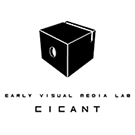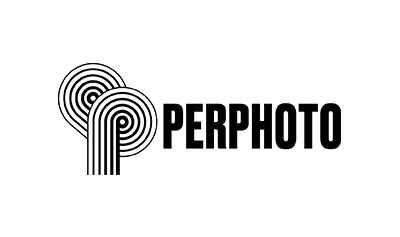Realism, to a Point: The Strategic Staging of Pleasure in Mid-19th-Century French Nude Stereographs [EN]
Kris Belden-Adams
In the 1840s, nude stereographic daguerreotype pornography (newly illegal to make or sell) simulated the natural world with impeccable detail to reproduce the visual stimuli of texture and tactility. Such images enabled viewers to be physically engaged with a representation of a woman, as their act of looking simulates engrossed peeping through a keyhole – only without the risk of getting caught by the subject of their voyeuristic gaze. Despite eforts to create a convincing representation of reality using stereography and hand-painted color, they do not allow a viewer to feel truly transported to another actual reality, nor do they bring about the real-world consequences of such an act. Poses are awkward, high-art props are drained of their connotations, and the experience of viewing a stereograph appeals only to the sense of sight. Yet there is great safety in channeling sexual urges into an illusory, imaginative private realm. Tensions between the representation and the real, the actual and the ideal, subject and object, temporal and material, and between nature and artifice, are essential for a stereographic nude photograph to meet customers’ needs: a safe, private fantasy which will not destabilize marriages. This paper takes a closer look at the way two mid-19th-Century French stereoscopic daguerreotypes embody the necessary tensions between “the real” and “the represented” though their content and form.
Organization


Partners





Campo Grande, 376, 1749 - 024 Lisboa | Tel.: 217 515 500 | Fax: 21 757 7006
Copyright © 2021 COFAC. Todos os direitos reservados. Gestão de conteúdos por Producao Multimédia
